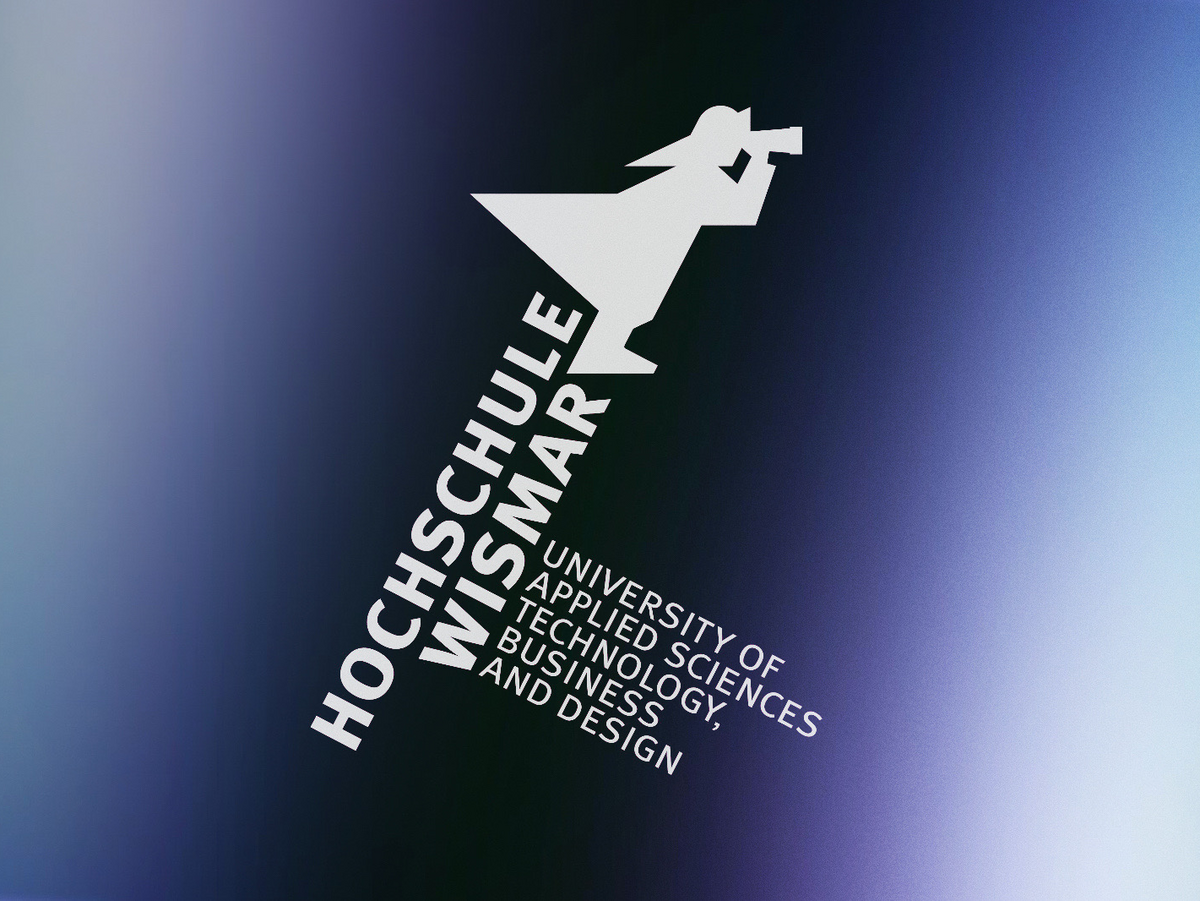Skin cancer is the most common type of cancer in humans and poses enormous challenges for both affected individuals and healthcare systems worldwide. The aim of the eight-partner joint project with joint coordinator Prof. Dr Steffen Emmert from the Department of Dermatology and Venereology at Rostock University Medical Centre is to reduce the burden of disease through innovative diagnostic procedures, advanced therapeutic approaches and a deeper understanding of molecular tumour patterns.
Photonic technologies and AI-assisted imaging methods have the potential for the next generation of non-invasive smart skin cancer diagnostics. As part of the project, devices for non-invasive skin cancer diagnosis are being developed, combining photonic technologies such as OCT, OA, Raman, and HUS, along with the use of hyperspectral imaging.
Another major focus is the development of the cold plasma technology optimised for skin cancer treatment. In this context, plasma treatment device technologies are being comprehensively investigated, ranging from cell models (in vitro) and egg test procedures (in ovo) to clinical applications in patients. The studies specifically examine the influence of hypoxic conditions and oxidative stress on therapeutic efficiency.
To enable even more targeted treatment of skin cancer, further molecular analyses are a key focus. Histological examinations, spatially resolved transcriptome analyses, and "omics" data are intended to help identify tumour spreading factors and the effects of new therapeutic approaches.
All data generated within the project will be incorporated into a Clinical Decision Support System (CDSS). This AI-based system enables more precise diagnoses and personalised therapeutic decisions.
The team from Wismar University of Applied Sciences is responsible within the consortium for further developing hyperspectral imaging and adapting hardware and software to meet the requirements for examining small skin areas, conducting studies in animal models, and investigating in vitro samples. Hyperspectral imaging also offers great potential for monitoring treatment progress after different therapeutic scenarios. Due to the anticipated high number of annotated datasets, spectral signatures of different tissue types can be extracted and machine learning methods applied. This will contribute to the further development of optical biopsy and will be integrated into the Clinical Decision Support System (CDSS).

